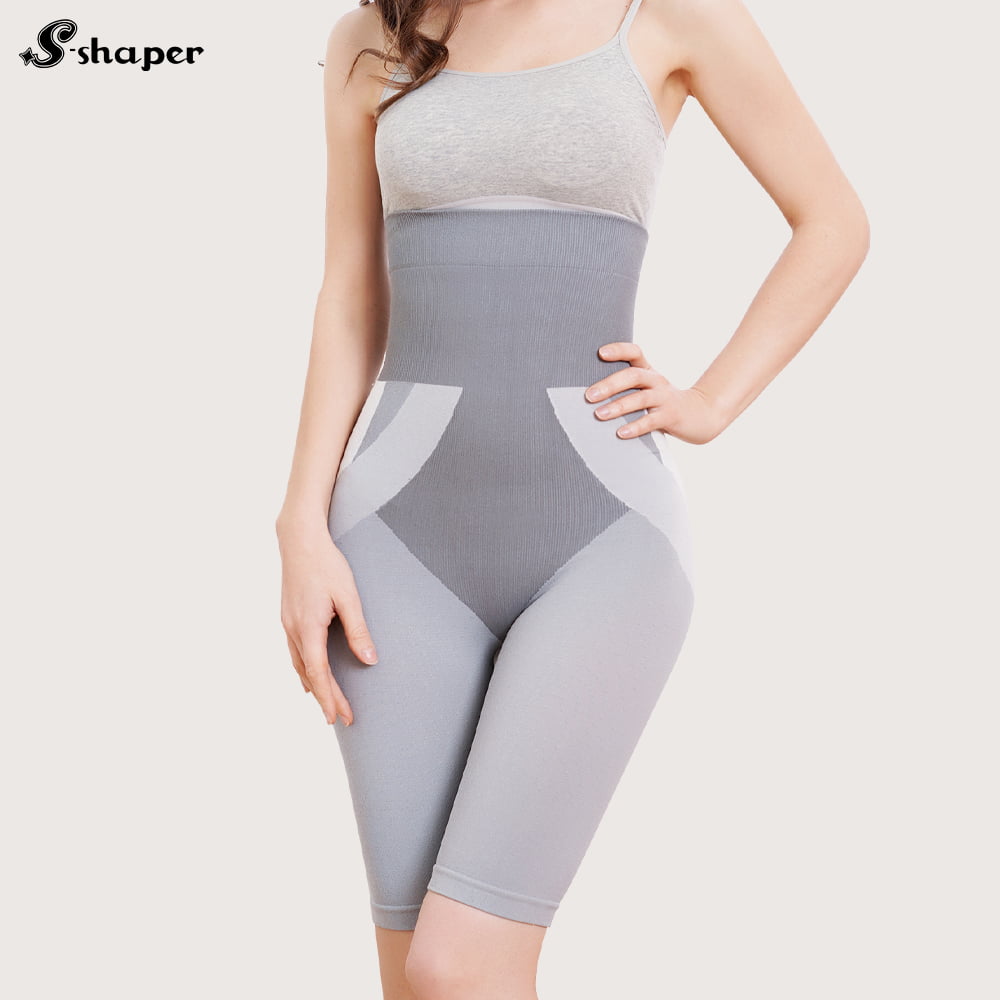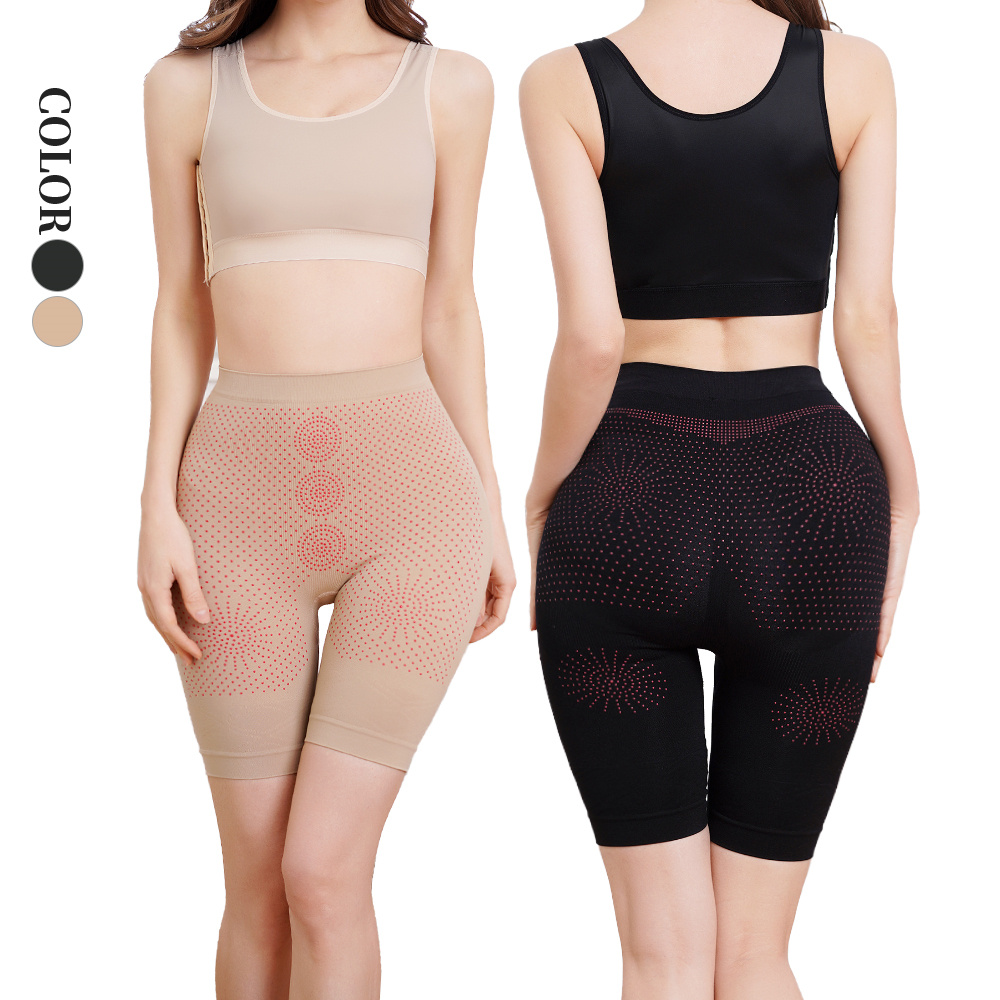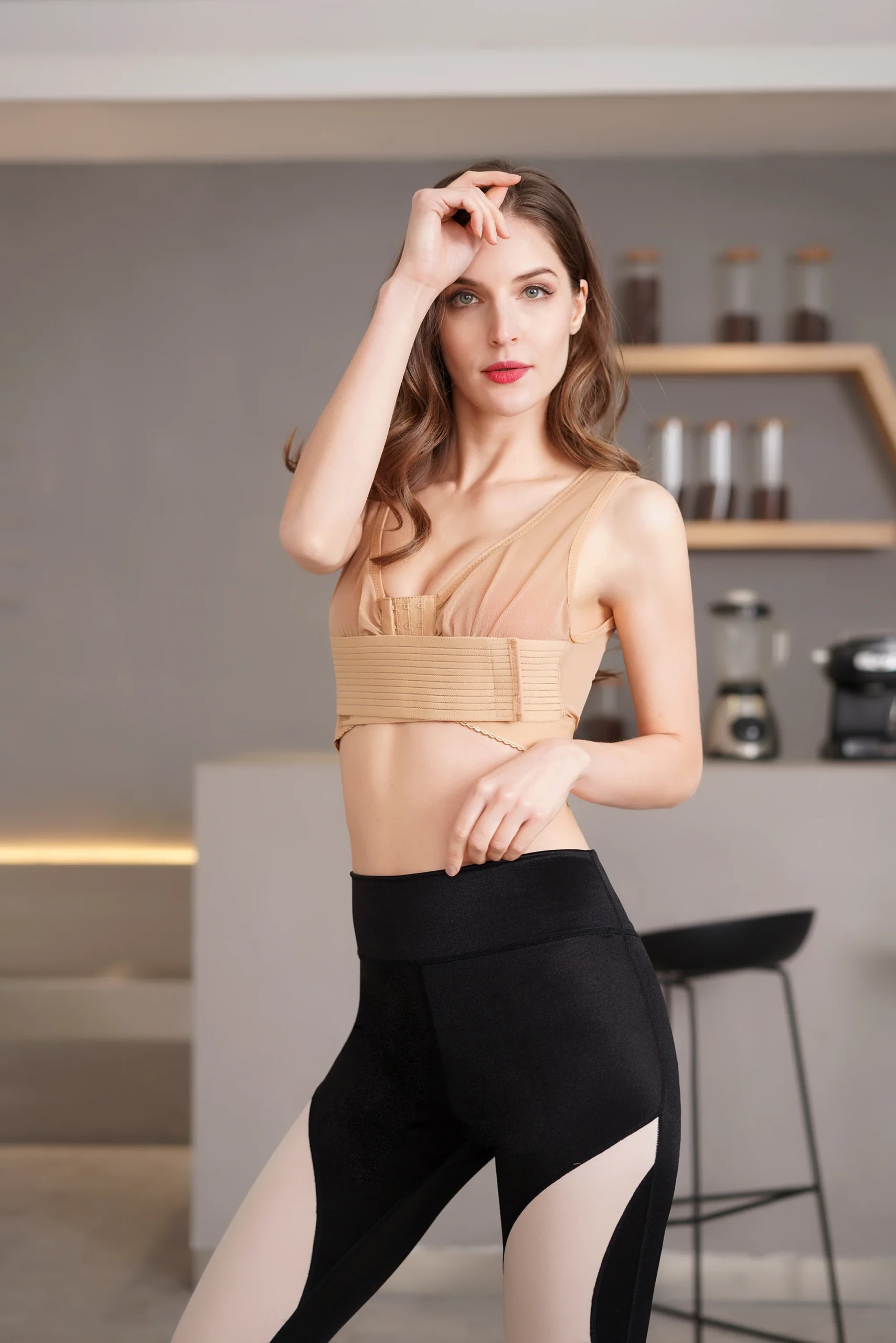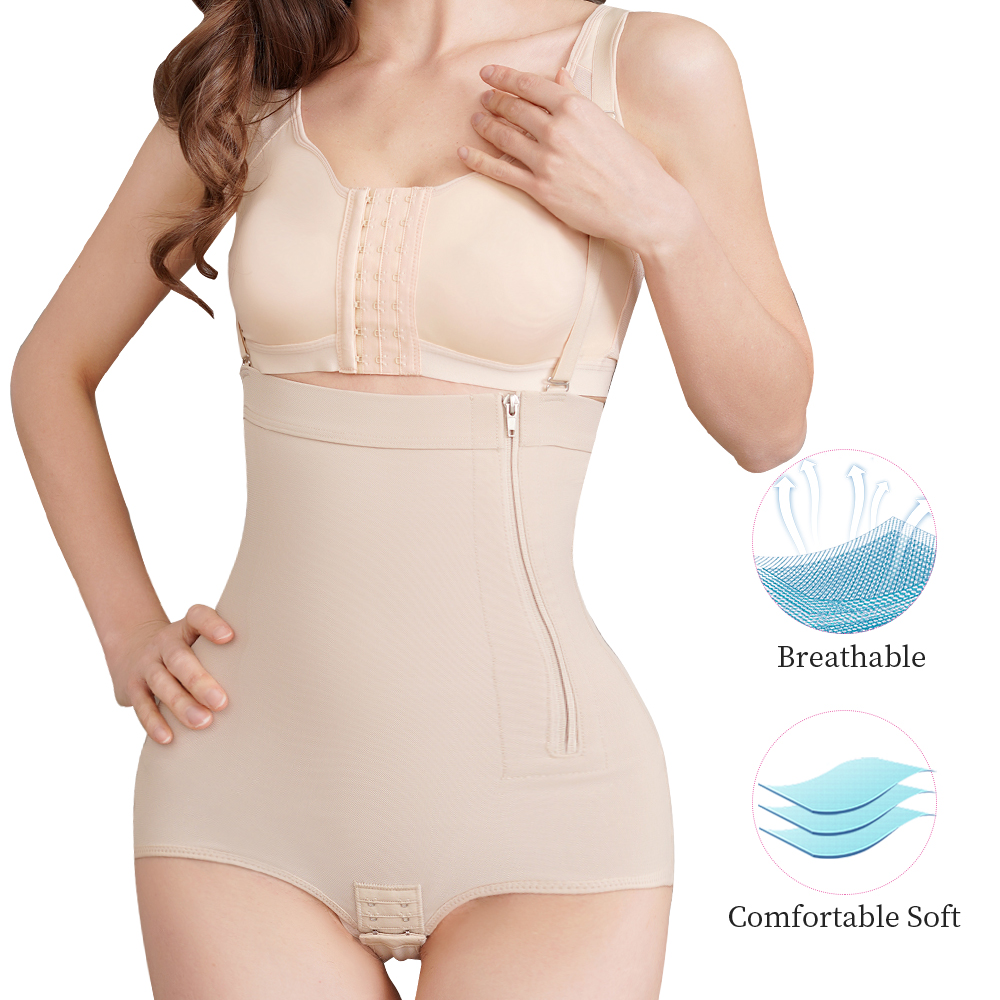Shapewear Market Trends: 5 Dynamic Shifts Transforming 2024
The shapewear market is a dynamic landscape, constantly evolving to meet the changing needs and desires of consumers worldwide. For businesses operating in this exciting sector, staying ahead of the curve is not just a strategy for success – it’s essential for survival.
As we step into 2024, the demand for shapewear continues its upward trajectory, fueled by factors such as increasing body positivity, the rise of athleisure and comfort-focused fashion, and a growing awareness of the confidence-boosting benefits of these versatile garments. But what specific shapewear market trends are poised to redefine the industry in the coming year?
This in-depth analysis will equip you with the insights you need to navigate the evolving landscape, capitalize on emerging opportunities, and position your business for success in the dynamic world of shapewear.
Trend 1: Inclusivity Reigns Supreme: Expanding Sizing & Diverse Representation
The days of shapewear being relegated to a narrow range of sizes and skin tones are fading fast. In 2024, inclusivity takes center stage, with brands recognizing the importance of catering to a diverse range of body shapes, sizes, and ethnicities. This shift isn’t just about ticking boxes; it’s about acknowledging and celebrating the beauty of individuality.
- Extended Sizing: Beyond Traditional Ranges: Expect to see a surge in brands offering extended sizing options, moving beyond traditional size charts to embrace a wider spectrum of body shapes and sizes. This includes offering plus sizes that truly fit and flatter, as well as petite sizes that cater to shorter body types. The goal is to ensure that everyone can experience the transformative power of shapewear, regardless of their measurements.
- Nude for Every Tone: The “nude” shapewear category is undergoing a much-needed transformation, with brands expanding their offerings to include a wider range of skin tones, ensuring that women of all ethnicities can find garments that seamlessly blend with their natural complexion. This move towards greater diversity and representation is not just about aesthetics; it’s about inclusivity at its core, making everyone feel seen and valued.
- Body Positivity & Representation: Marketing campaigns and brand messaging are shifting away from unrealistic beauty standards and embracing body positivity, featuring diverse models and celebrating real bodies in all their shapes and sizes. This shift in perspective is resonating with consumers who are increasingly seeking out brands that align with their values of inclusivity, authenticity, and self-love.
Trend 2: Comfort Takes Center Stage: Prioritizing Feel-Good Fabrics & Designs
While shaping and sculpting remain key drivers in the shapewear market, comfort is no longer an afterthought. Consumers are demanding garments that not only enhance their silhouette but also feel comfortable to wear throughout the day, without sacrificing style or confidence.
- Second-Skin Comfort: Breathable & Lightweight Fabrics: Expect to see a rise in the use of breathable, lightweight fabrics like microfiber, mesh, and seamless knit constructions that provide shaping and support without sacrificing comfort. These innovative fabrics offer a barely-there feel, allowing for freedom of movement and all-day wearability.
- Focus on Fit & Functionality: Ergonomic Designs: Brands are investing in research and development to create shapewear with improved fit and functionality, utilizing ergonomic designs and innovative construction techniques to ensure maximum comfort and freedom of movement. This includes features like strategically placed seams, targeted compression zones, and adjustable straps for a customized fit.
- Seamless Transitions: Invisible Under Clothing: Seamless shapewear, designed to be invisible under even the most form-fitting clothing, continues to gain popularity, offering a smooth and confident silhouette without any visible lines or bulges. This invisibility factor is crucial for many women who want to enjoy the benefits of shapewear without their undergarments stealing the show.
Trend 3: Sustainability Takes Root: Eco-Conscious Materials & Ethical Production
As consumers become increasingly aware of the environmental and social impact of their fashion choices, sustainability is emerging as a key driver in the shapewear market. This heightened awareness is prompting brands to rethink their production processes and material choices, prioritizing ethical and eco-friendly practices at every stage.
- Recycled & Sustainable Fabrics: Expect to see a surge in the use of recycled materials, such as recycled nylon and polyester, as well as sustainable alternatives like organic cotton and bamboo. These eco-friendly fabrics offer a reduced environmental footprint compared to their conventional counterparts, requiring less water and energy to produce.
- Ethical Manufacturing Practices: Consumers are increasingly demanding transparency and ethical practices throughout the supply chain. Brands are responding by partnering with factories that prioritize fair labor practices, safe working conditions, and reduced environmental impact. This commitment to ethical production not only benefits workers and the planet but also enhances brand reputation and builds consumer trust.
- Durable & Long-Lasting Garments: Reducing Waste: Shapewear designed for durability and longevity aligns with sustainability goals by reducing the frequency of replacement purchases and minimizing textile waste. Investing in high-quality materials and construction techniques ensures that garments can withstand repeated wear and washing, extending their lifespan and reducing their overall environmental impact.
Trend 4: Shapewear Gets Smart: Technology Integration & Innovation
The worlds of technology and shapewear are converging, leading to innovative garments that offer enhanced functionality, personalized shaping, and even health-monitoring capabilities. This exciting intersection of fashion and technology is poised to revolutionize the way we think about and experience shapewear.
- Smart Fabrics & Sensor Integration: Imagine shapewear that can monitor your posture, track your fitness progress, or even provide haptic feedback to encourage proper alignment. While still in its early stages, the integration of smart fabrics and sensors into shapewear holds immense potential for the future, offering a more personalized and interactive approach to body shaping.
- Personalized Shaping & Customized Fit: Some brands are exploring the use of 3D body scanning and digital tailoring technologies to create shapewear with a more personalized fit, catering to individual body shapes and preferences. This technology allows for made-to-measure garments that offer a superior level of comfort, support, and shaping.
- App Integration & Data-Driven Insights: As smart shapewear evolves, we can expect to see greater integration with smartphone apps, providing users with data-driven insights into their fitness progress, body measurements, and garment wear. This data can be used to track progress, personalize shaping routines, and even receive recommendations for garment care and replacement.
Trend 5: Beyond Traditional Shapewear: Multi-Functional Garments & Activewear Integration
The lines between shapewear, activewear, and everyday apparel are blurring, leading to the rise of multi-functional garments that offer shaping, support, and style for a variety of occasions. This trend reflects the evolving lifestyles of modern women who are seeking versatile garments that can keep up with their busy lives.
- Shapewear as Outerwear: No longer confined to undergarment status, shapewear is increasingly being incorporated into outerwear, with bodysuits, bike shorts, and leggings designed to be worn as both standalone pieces and layering essentials. This trend is driven by the desire for comfortable, supportive clothing that can transition seamlessly from day to night, work to workout.
- Activewear Integration: Performance-Enhancing Shapewear: The fusion of shapewear and activewear continues to gain momentum, with brands developing garments that offer compression, support, and moisture-wicking properties to enhance athletic performance. These high-performance garments provide targeted muscle support, improve circulation, and help reduce muscle fatigue during workouts.
- Postpartum & Recovery Wear: Supporting Women’s Wellness: Shapewear designed for postpartum recovery and support is gaining popularity, offering gentle compression, targeted support, and comfortable designs to aid women during the healing process. These garments can help minimize swelling, provide abdominal support, and promote a sense of confidence and well-being during a time of significant physical and emotional changes.
Navigating the Future of Shapewear: A Glimpse into 2024 and Beyond
| Trend | Key Takeaways | Opportunities for Businesses |
|---|---|---|
| Inclusivity | Expanding sizing, diverse representation, body positivity | Cater to a wider range of customers, promote inclusivity in marketing, offer a diverse range of nude tones, partner with diverse influencers and models |
| Comfort | Breathable fabrics, ergonomic designs, seamless construction | Prioritize comfort and functionality in product development, highlight comfort features in marketing materials, conduct thorough fit testing on diverse body shapes |
| Sustainability | Recycled and sustainable materials, ethical manufacturing practices | Appeal to eco-conscious consumers, reduce environmental impact, promote transparency in sourcing and production, obtain relevant certifications (e.g., GOTS, OEKO-TEX) |
| Technology Integration | Smart fabrics, personalized shaping, app integration | Explore innovative technologies, offer personalized experiences, enhance product functionality, partner with tech companies to develop cutting-edge solutions |
| Multi-Functionality | Shapewear as outerwear, activewear integration, postpartum recovery wear | Expand product lines, target new customer segments, cater to diverse needs and occasions, create versatile designs that can be styled for multiple purposes |
The shapewear market in 2024 is all about embracing change, challenging norms, and responding to the evolving needs of a diverse and empowered consumer base. By understanding the key trends shaping the industry, prioritizing inclusivity, comfort, and sustainability, and exploring the exciting possibilities of technology integration, businesses can position themselves for success in this dynamic and rewarding market.
Shapewear Market Trends: Your Questions Answered
Q1: With the focus on inclusivity, how can brands effectively market shapewear to a diverse customer base without resorting to stereotypes?
A: Authentic representation is key. Showcase diverse models of different body types, ethnicities, and ages in your marketing materials. Use inclusive language that celebrates all bodies and avoids perpetuating unrealistic beauty standards. Partner with influencers and brand ambassadors who reflect the diversity of your target audience and can speak authentically to their experiences.
Q2: How can brands balance the demand for both comfort and shaping in their shapewear designs?
A: It’s all about finding the sweet spot between support and flexibility. Utilize breathable, lightweight fabrics that provide shaping without feeling restrictive. Incorporate ergonomic designs and innovative construction techniques, such as strategically placed seams and targeted compression zones, to enhance comfort and freedom of movement. Prioritize fit testing on diverse body shapes to ensure a comfortable and flattering fit for all.
Q3: What are some practical steps brands can take to incorporate sustainability into their shapewear production?
A: Start by sourcing eco-friendly materials like recycled fabrics, organic cotton, or bamboo. Partner with factories that prioritize fair labor practices, safe working conditions, and reduced environmental impact. Consider obtaining relevant certifications, such as GOTS (Global Organic Textile Standard) or OEKO-TEX, to demonstrate your commitment to sustainability. Promote your sustainable practices transparently to educate and engage consumers.
Q4: How can technology be used to enhance the functionality and personalization of shapewear?
A: Explore the integration of smart fabrics and sensors into shapewear to monitor posture, track fitness progress, or provide haptic feedback. Consider offering personalized shaping solutions through 3D body scanning and digital tailoring technologies. Develop companion apps that provide users with data-driven insights into their fitness journey, body measurements, and garment wear.
Q5: What are some emerging categories within the shapewear market that brands should be aware of?
A: Keep an eye on the growing demand for shapewear as outerwear, with bodysuits, bike shorts, and leggings designed to be both functional and fashionable. The activewear integration trend continues to gain momentum, with shapewear designed to enhance athletic performance. Postpartum and recovery wear is another growing category, offering support and comfort to women during the healing process.

S-SHAPER offer a wide range of shapewear products in various shapewear fabrics, if you are interested in our products please move to the product page, if you have any questions, please feel free to contact us!
Share This Post:
Table of Contents
Most Popular


Sweat Shorts Factory in South America for Gymwear Startups

Sauna Belt Manufacturer in South America for Health & Wellness Brands

Wholesale Shaping Panty Factory in South America for Beauty Clinics
Get in touch with us
Related Posts

Arm Sleeves Manufacturer in South America for Sports Apparel Distributors
1. Why South America is Emerging as a Hub for Arm Sleeves Manufacturing In recent years, South America has become a strategic manufacturing base for sportswear, particularly performance accessories like

Sweat Shorts Factory in South America for Gymwear Startups
1. Why South America is Emerging as a Gymwear Manufacturing Hub South America is rapidly gaining recognition as a strategic location for gymwear and activewear manufacturing — including sweat shorts

Sauna Belt Manufacturer in South America for Health & Wellness Brands
1. Why Health & Wellness Brands Are Investing in Sauna Belts The health and wellness industry is booming globally, and sauna belts have emerged as a top product in the

Wholesale Shaping Panty Factory in South America for Beauty Clinics
1. Why Beauty Clinics are Turning to Wholesale Shaping Panty Suppliers In recent years, beauty clinics have evolved beyond skincare and cosmetic procedures to offer lifestyle-enhancing products. One of the






